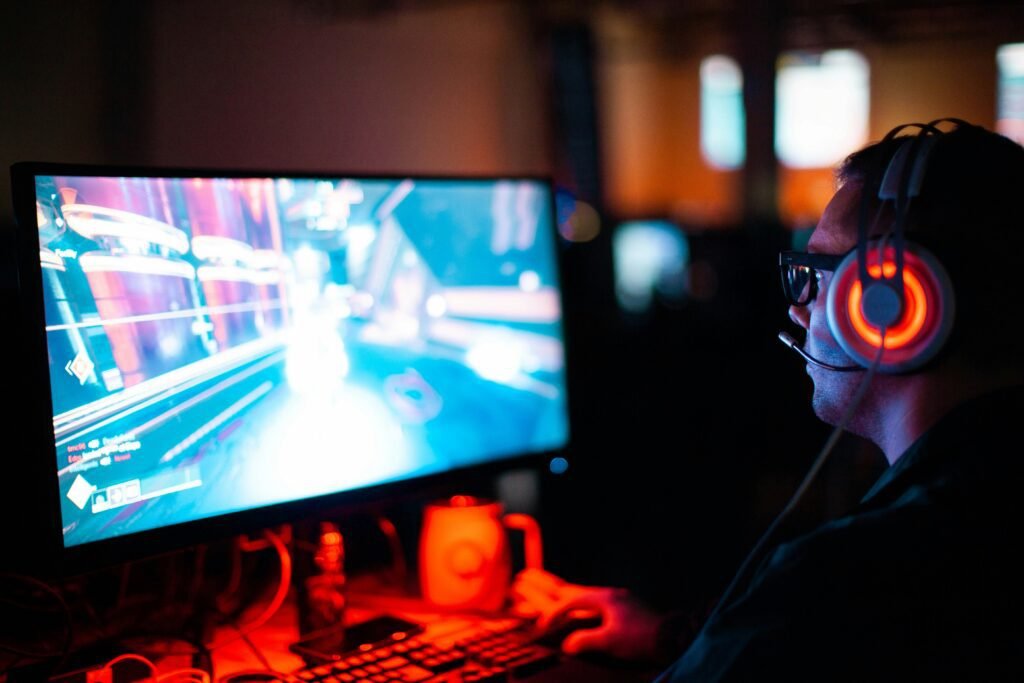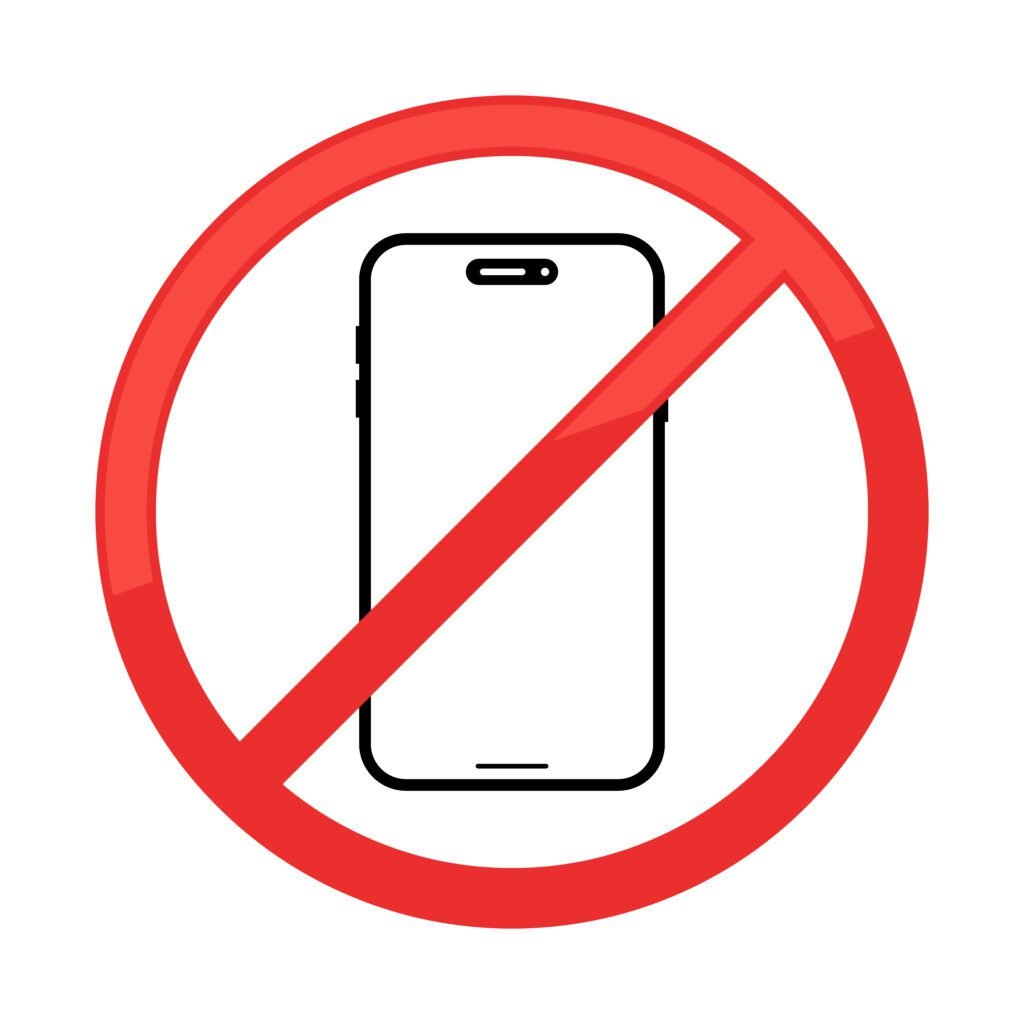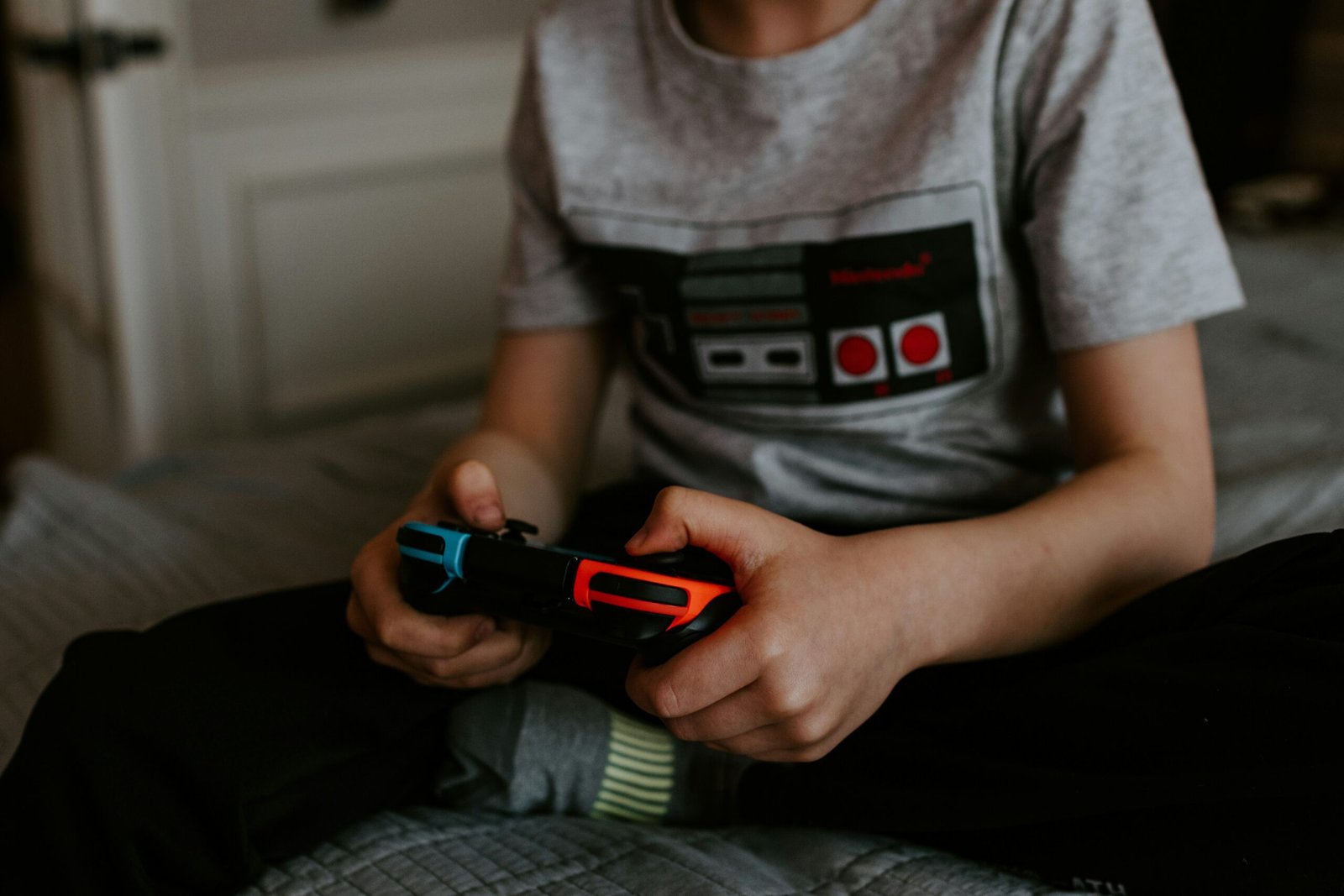Introduction
Video game addiction is a genuine issue. It’s a concealed dependency that could lead to significant repercussions for our society over time. Many of us have either faced this issue ourselves or know relatives or friends who are dealing with it. In this article, which is part of a series on Mental Health, I will outline the indicators of video game addiction to help you identify it. I will analyze behavioral characteristics in both children and adults, investigate the tactics used by gaming companies to keep players engaged, and suggest constructive measures to combat this addiction.
What Is Video Game Addiction?
Video game addiction, commonly known as internet gaming disorder, is marked by an inability to regulate gaming behavior despite experiencing adverse effects. The upcoming video presents a somewhat humorous perspective on how video games impact children and the reactions that occur when they are abruptly switched off.
There are some important points raised in the video and indeed, it can be amusing to see some of the effects, but the reality is a little darker than this. The video does not cover the hour-long fights with kids, violent reactions or the damage these confrontational episodes have on our long-term relationships. Also, while the focus is on children, there is no discussion on how adults (who are a lot harder to control) react. And what will happen when those kids grow up with this behaviour as a norm.
Video game addiction can severely impact daily functioning, relationships, work or school performance, and mental and physical health. The World Health Organization classifies gaming disorder as a mental health condition, and the American Psychiatric Association outlines symptoms like preoccupation, withdrawal, and neglect of other activities as diagnostic criteria.
The rise of video game addiction signs in both kids and adults highlights the need to understand this behaviour and know how to address it effectively.
Behavioural Traits of Video Game Addiction in Kids and Adults
Behavioural Traits in Kids
Detecting video game addiction in children can be particularly challenging since gaming is a prevalent pastime. However, as parents or caregivers, we should be alert to these warning signs in our kids:

- Preoccupation with Gaming: Is your kid thinking and talking about video games constantly, even when they are not playing?
- Increasing Time Gaming: They spend more and more hours playing to achieve the same satisfaction. When you are not actively occupying them with something, they immediately pick up the phone or controller.
- Emotional Reactions: Kids may become hostile, anxious, or upset when gaming is taken away or limited. Even if it is just mentioned.
- Decline in School Performance: Ever had the “homework first” fight? I know I have many times. Or the feeling of shame when your kid writes an assignment about video games.
- Loss of Interest: Children lose interest in other hobbies, sports, or social activities they previously enjoyed. House full of unused birthday presents and toys? Sound familiar?
- Deception: Hiding, lying, or sneaking extra gaming time behind parents’ backs.
- Physical Neglect: Skipping meals or sleep, going straight from bed or the dinner table to the phone or console.
- Using Gaming to Relieve Negative Moods: Playing video games to escape feelings like boredom, sadness, or stress.
Recognizing these signs early can help us intervene before addiction escalates. But even if it has escalated, we need to do something.
Behavioural Traits in Adults
Adults addicted to gaming often exhibit similar but sometimes more nuanced patterns:

- Neglect of Responsibilities: Ignoring work, family, or other daily duties.
- Relationship Conflicts: Arguments or distance in personal relationships due to gaming habits.
- Mood Changes: Feelings of irritability, anxiety, or depression when not gaming.
- Obsession: Constant thoughts about gaming even when occupied with other tasks.
- Tolerance: Needing to game longer or more intensely for the same enjoyment.
- Physical Symptoms: Eye strain, headaches, sleep disturbances, and posture-related pains.
- Financial Impact: Excessive spending on games, upgrades, or subscriptions beyond means.
- Social Withdrawal: Reduced interaction with family and friends in favor of gaming communities.
These behavioural traits impact adults’ mental well-being and quality of life significantly.
How Gaming Companies Keep You Addicted
The video games industry is huge, larger than either the film or music industry. With estimated 2025 revenues of 200 to 300 billion dollars, the industry has at its disposal strategies and long-term plans to increase its market share and growth. And the best way for them to do that is to foster and encourage addiction. Therefore, understanding how gaming companies design their products to encourage ongoing play is key to breaking the addiction:

Below is a list of some of the strategies the Gaming industry employs to secure the above projected growth.
- Reward Systems: Games use variable rewards like achievements, loot boxes, and daily login bonuses to trigger dopamine release, the brain’s pleasure chemical.
- Infinite Gameplay Loops: The most popular and easy to access “free to play” games rarely have a clear end, encouraging “just one more level” thinking.
- Social Pressure: Online multiplayer games build communities and peer pressure to stay engaged. They are also a breeding ground for toxic environments, keyboard-shielded aggression, and online bullying.
- Microtransactions: In-game purchases create continuous incentives to spend time and money. Microtransactions account for a staggering 77% of all gaming industry revenue.
- Personalized Notifications: Push alerts and reminders entice players back after breaks. Always-on devices (such as mobile phones) are the perfect medium for these gentle reminders.
- Psychological Tricks: Colorful graphics, sound effects, and challenges are crafted to hold attention and prolong sessions. This is coupled with a constant “update” feed to keep players coming back for fear of missing something fantastic.
These elements exploit the brain’s reward circuitry, making it tougher to stop playing once addicted.
Healthy Steps to Overcome Video Game Addiction
Breaking free from video game addiction is tough, and trying to force it on someone else is even tougher. Just telling them they are spending too much time playing that “stupid game” creates resentment and anger. To a gamer, these games are important; initially, they make them feel good. You need to show an interest in what the gamer is doing before they will have a conversation with you about it. Then you need to engage a multi-faceted approach that fosters balance and well-being.
Screen-Free Moments

Carve out intentional screen-free times or zones, such as during meals, before bedtime, or certain days of the week. Try to ensure that your child or adult gamer has some acceptable boundaries where screen time is not accepted. This helps reset the brain’s dependence on screens and encourages real-world engagement.
Supporting Success Away from Screens

Encourage hobbies, sports, social activities, or creative outlets that provide fulfillment outside of gaming. Celebrate achievements and milestones in these areas to build confidence and positive self-identity beyond the screen. Sometimes this means leading by example. You will not convince a gamer to stop by sitting and looking at social media or watching Netflix all day.
Setting Boundaries
Establish consistent rules about daily gaming limits that are clear and enforced. Use parental controls or app timers to help both kids and adults stick to these boundaries. This can be tough on an individual level as the devices and games all have different controls. You have to think about how this can be enforced on a global level. One way of doing this is by having control of the WiFi. There you can (in most WiFi apps) control what devices can have access and when.
Professional Support
For severe addiction, counseling or behavioral therapy can address underlying issues such as anxiety, depression, or ADHD that often coexist with gaming addiction. For children, it might be wise to begin with their educational services in school such as school counselors or specialized teachers, but you may need to seek further professional help. There are a growing number of resources available. But do not fall into the trap of trying to solve it with an app. There are lots of quick fix apps out there that proclaim to be the solution. They use exactly the same attention-grabbing tactics as the gaming industry. Avoid them.

Family and Social Involvement
Having family and friends involved provides accountability and emotional support. Open conversations about gaming habits without blame can foster understanding and cooperative change. This can be used to create a safer environment for gaming. Family games night can give those family members an opportunity to do what they love and share their “skills” in a controlled and time-boxed environment. Creating this can create an understanding and more discussion about the interest of the gamer. But it must be clear that there is a quid pro quo. By you sharing your time to do what they want, you expect the same in return.

Practical Tips
- Keep gaming devices out of bedrooms.
- Replace gaming time with outdoor activities or exercise.
- Practice mindfulness or relaxation techniques to manage urges.
- Monitor financial spending on games.
Conclusion
Video game addiction is a real and growing mental health challenge affecting people of all ages. Indeed, I grew up during the revolution of video games and I admit I have played a lot of them. But the industry has changed. What used to be a small discussion on who has the best score on Pac-Man or even how to beat the boss in Tomb Raider has turned into “Hey we have to be back home to be online at 4:00 because there is a new loot chest dropping” or “Hey, I just got a notification, there is a new season with new skins dropping this weekend”.
We are in a constant attention battle with the gaming industry and they are winning. Recognizing the behavioral traits in kids and adults is vital for early intervention. Understanding how game companies design addictive features empowers individuals to resist unhealthy patterns. Most importantly, adopting screen-free moments, setting healthy boundaries, pursuing fulfilling offline activities, and seeking professional support can pave the way toward recovery and balance.
This post is part of a series I will post under Mental Health to help us all understand and navigate modern challenges affecting well-being.
It’s time to take a stand against video game addiction and reclaim our lives! Awareness is key; if you notice excessive gaming habits in yourself or your loved ones, don’t ignore the signs. With a little effort, you can learn to identify the red flags and make changes that promote a healthier balance between online and offline activities. Join the conversation in the comments—your story might just inspire someone else to take that crucial step towards a more fulfilling life!




